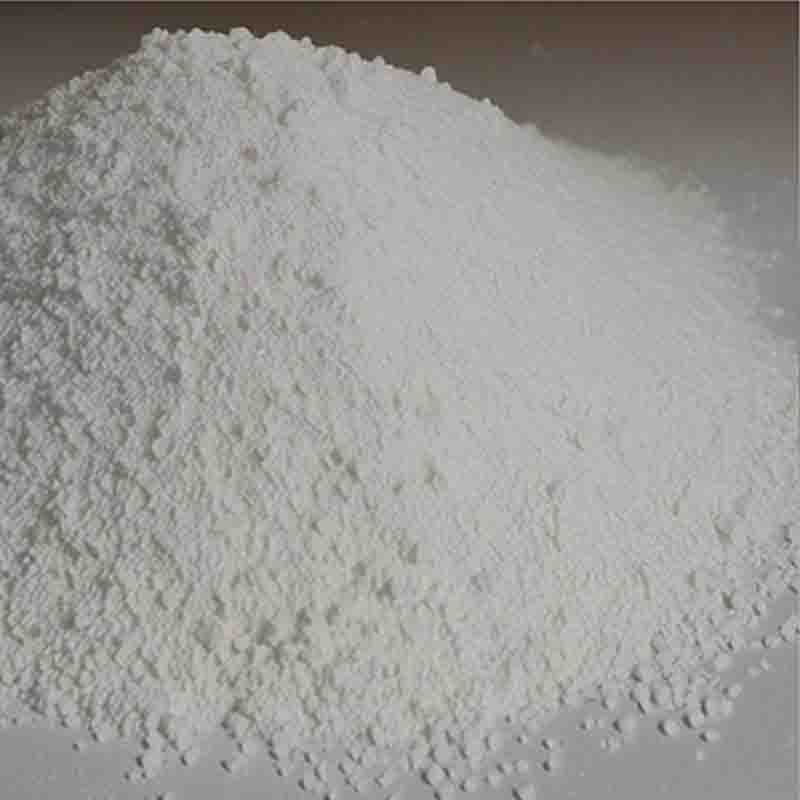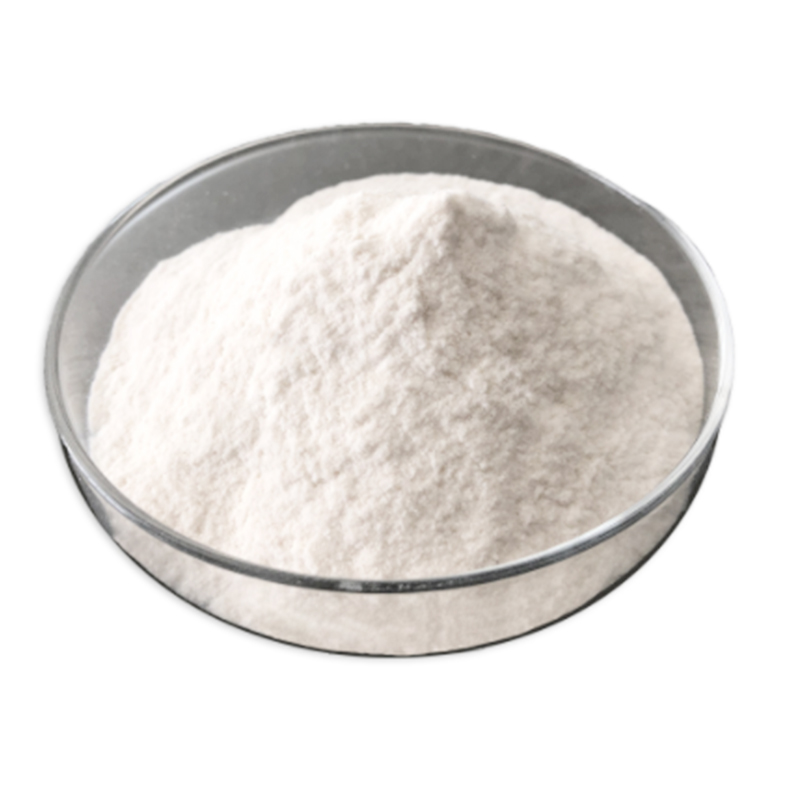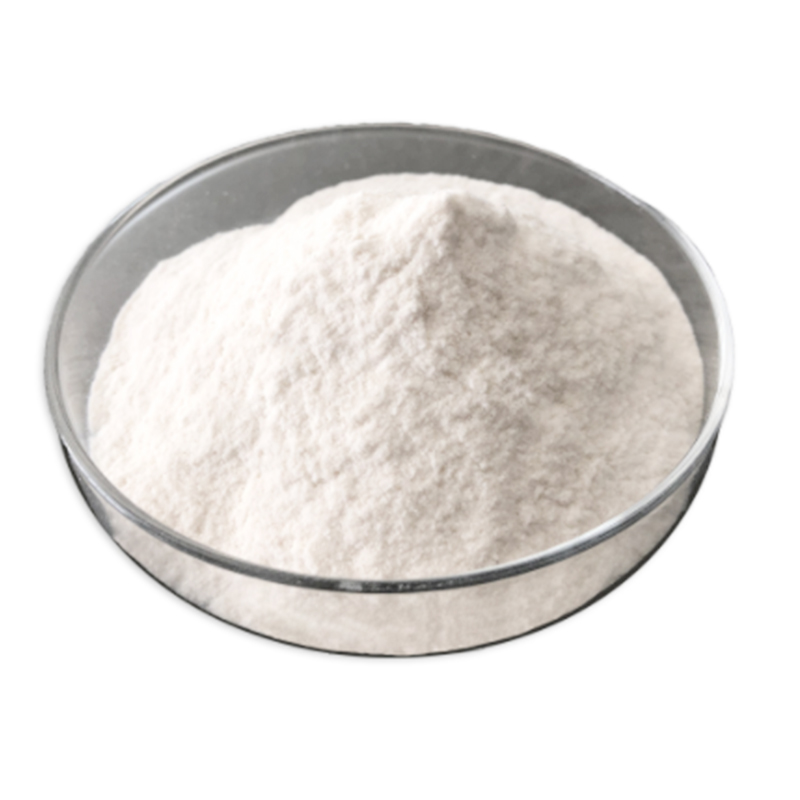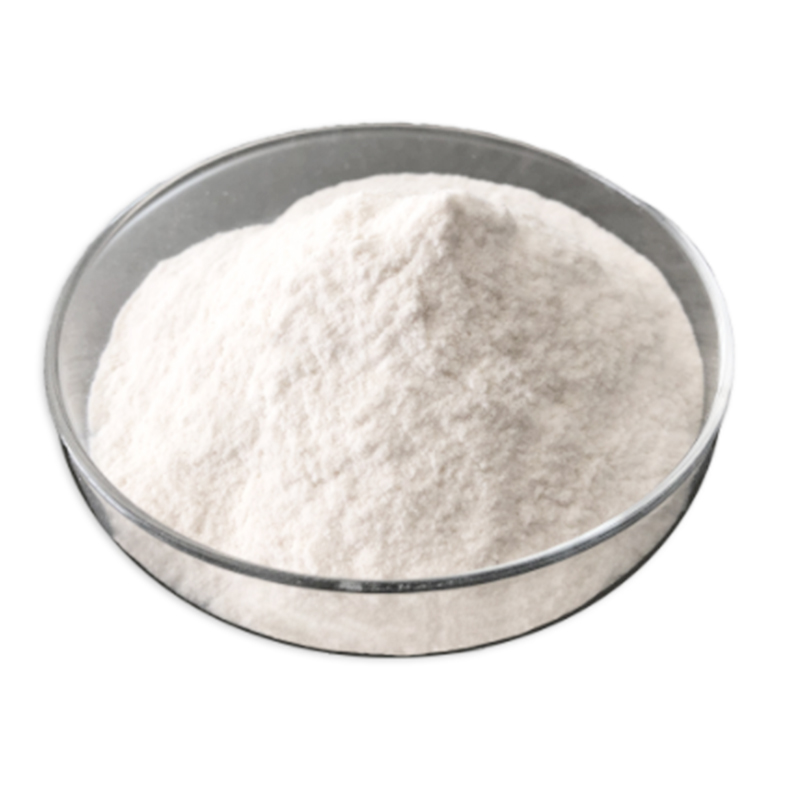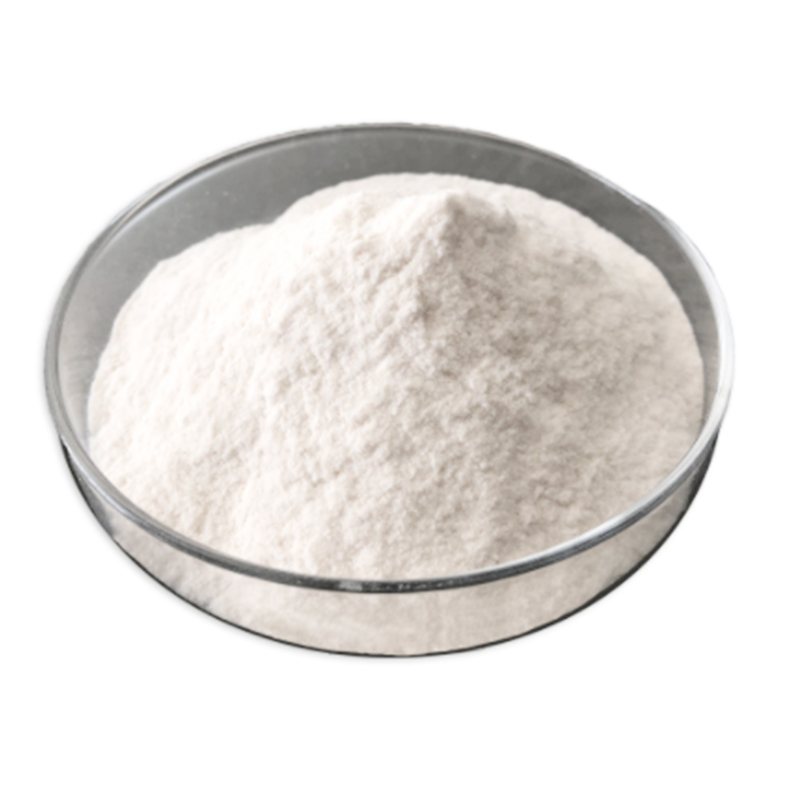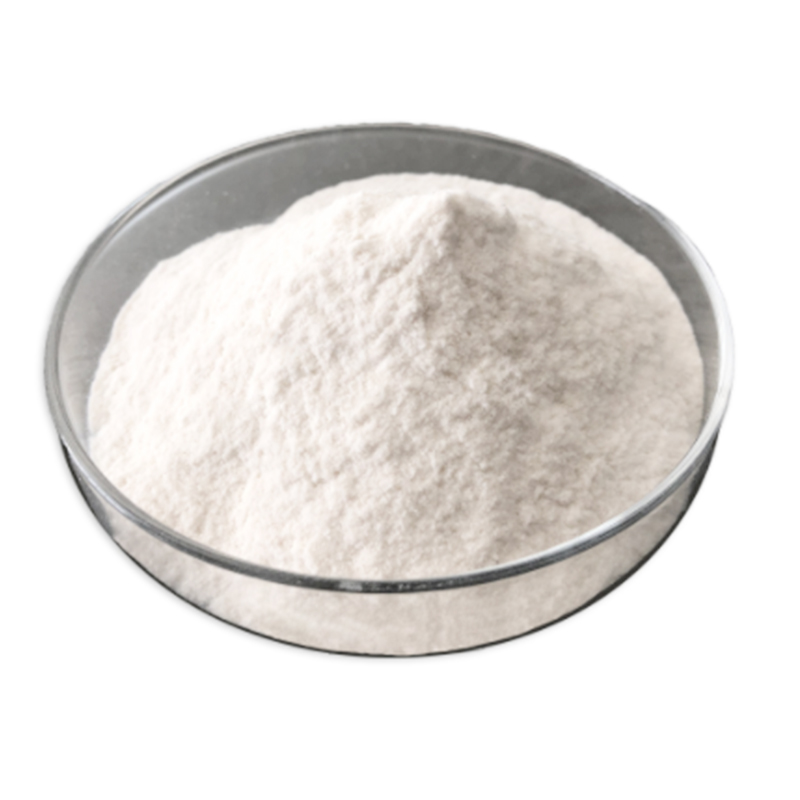ethyl 2-(piperidin-4-yl)butanoate hydrochloride CAS: 874365-18-1
| Catalog Number | XD93478 |
| Product Name | ethyl 2-(piperidin-4-yl)butanoate hydrochloride |
| CAS | 874365-18-1 |
| Molecular Formula | C11H22ClNO2 |
| Molecular Weight | 235.75 |
| Storage Details | Ambient |
Product Specification
| Appearance | White powder |
| Assay | 99% min |
Ethyl 2-(piperidin-4-yl)butanoate hydrochloride is a chemical compound commonly referred to as Compound Y. It is an organic salt derived from the esterification of piperidine, a cyclic amine, and butyric acid, followed by its conversion to a hydrochloride salt form. This compound has various potential applications in the fields of medicinal chemistry, pharmacology, and organic synthesis.One of the primary uses of Compound Y is as a starting material or intermediate in the synthesis of pharmaceutical drugs. Its piperidine moiety, which is a common structural feature in many biologically active compounds, makes it versatile in drug development. By modifying the structure of Compound Y, chemists can introduce various functional groups or substituents to create new derivatives with potential therapeutic properties.Compound Y can also serve as a precursor for the synthesis of other useful compounds. For example, it can be utilized as a building block in the synthesis of certain neurotransmitter analogs, which can be used for research purposes to better understand the functioning of the nervous system or as potential drug candidates for neurological disorders.Furthermore, Compound Y and its derivatives may find applications as local anesthetics due to their interaction with sodium channels in nerve cells. By blocking these channels, these compounds can inhibit the transmission of pain signals, making them valuable in surgical procedures or for pain management. Researchers can explore modifications of Compound Y to improve its potency, duration of action, and selectivity for specific types of pain.Additionally, the presence of the ester group in Compound Y makes it susceptible to hydrolysis, providing an opportunity for utilizing this compound as a prodrug. Prodrugs are inactive or poorly active compounds that are converted into their active form in the body. By designing derivatives of Compound Y that are more stable but can be efficiently converted into active drugs through enzymatic or chemical hydrolysis, scientists can enhance drug delivery and therapeutic efficacy.In summary, ethyl 2-(piperidin-4-yl)butanoate hydrochloride, or Compound Y, has several applications in medicinal chemistry and organic synthesis. Its versatility as an intermediate compound allows for the synthesis of various biologically active molecules, making it valuable in drug development and research. Additionally, its potential as a local anesthetic and prodrug further expands its range of applications. Continued research and exploration of Compound Y can lead to the development of novel drugs, therapeutic agents, and research tools in the pharmaceutical industry and beyond.


